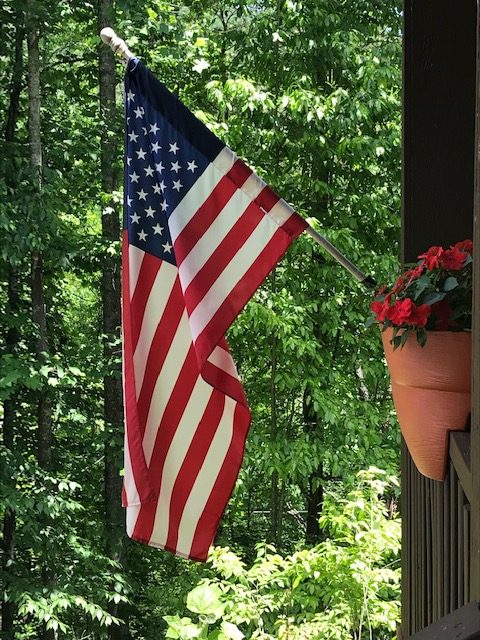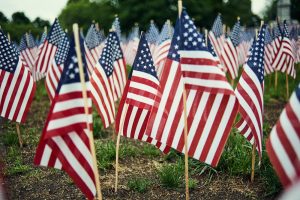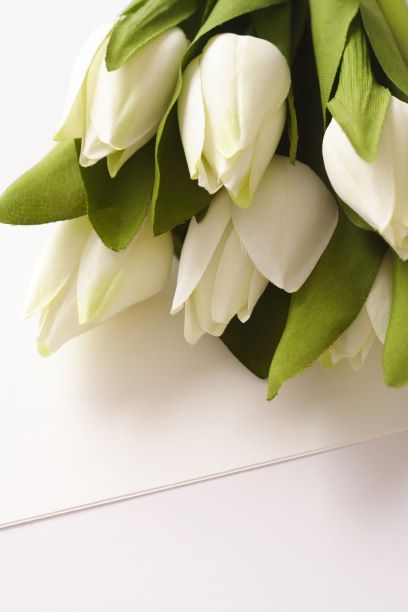The United States has a new federal holiday. On Thursday, June 17, President Joe Biden signed a bill into law that officially designates June 19, as Juneteenth, known to some as the “second Independence Day” as an American holiday.
Juneteenth celebrates the freedom of enslaved people in the United States at the end of the Civil War. African American communities across the country have observed this holiday for over150 years.
The date of June 19 was chosen for the holiday to commemorate the end of slavery in Texas, which was one of the last strongholds and didn’t happen until two years after Abraham Lincoln issued the Emancipation Proclamation.
Juneteenth has gained awareness in recent years as activists have pushed for state and federal recognition. Those efforts are finally being recognized with the signing of this bill.
On January 1, 1863, on the condition that the Union won the war, the Emancipation Proclamation would come into effect and declare that enslaved people in the Confederacy would be free. The proclamation turned the war into a fight for freedom and by the end of the Civil War in 1865 more than 200,000 Black soldiers had joined the fight for freedom.
Texas being one of the last strongholds of the South, made emancipation a long-time coming for enslaved people in that state. Many didn’t learned about their freedom until Union General Gordon Granger arrived in Galveston, Texas, on June 19, 1865, and announced that the president had issued a proclamation freeing them. This is why June 19 was chosen and would become known as Juneteenth.
Early Juneteenth celebrations included church services, public readings of the Emancipation Proclamation, and social events, but for many years southern Black communities were forced to celebrate Juneteenth on the outskirts of town due to racism and Jim Crow laws.
As the Civil Rights movement took hold in the ‘60s, Juneteenth celebrations faded. However, in recent years, Juneteenth has regained popularity and is still celebrated with food and community. It also has helped raise awareness about ongoing issues facing the African-American community.
In 1980, Texas became the first state to recognize June 19 as a state holiday. Today, June 2021, the U.S. Congress has finally passed a bill making Juneteenth a federal holiday.
Juneteenth is often confused with Emancipation Day, which is annually celebrated on April 16. Just like Juneteenth originally celebrated freedom in Texas, Emancipation Day celebrates the day when President Lincoln freed some 3,000 enslaved people in Washington, D.C.





